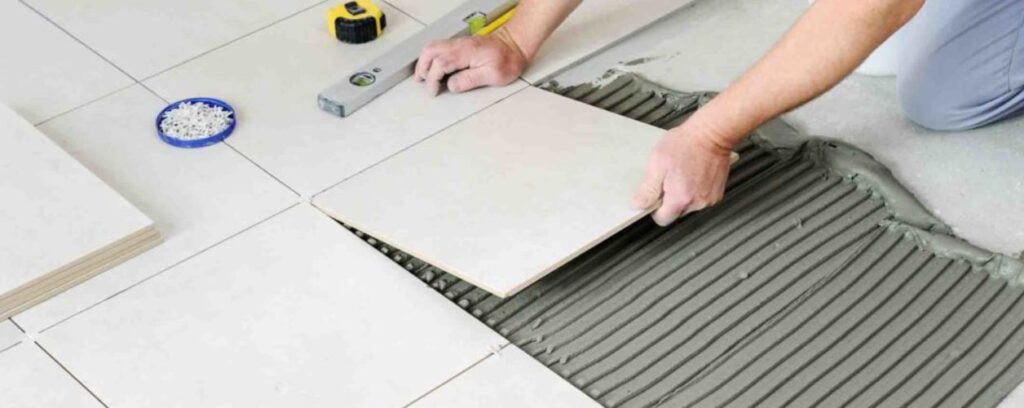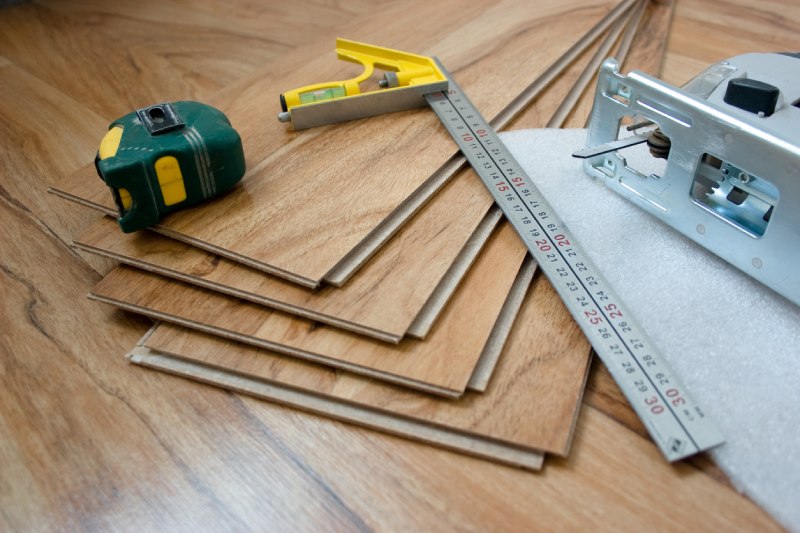The Ultimate Guide to Custom Furniture: Expert Carpentry Secrets Revealed
Transform your living space with expert furniture craftsmanship – discover how master carpenters create timeless pieces that blend functionality with stunning design. Introduction: The Art of Custom Furniture Craftsmanship In today’s mass-produced furniture market, custom-crafted pieces stand as testament to timeless artistry and unparalleled quality. Master carpenters in Kent and across the UK are experiencing a significant resurgence in demand for bespoke furniture, with industry reports showing a 35% increase in custom furniture commissions since 2022. This growing appreciation for handcrafted excellence reflects a deeper understanding of the value that custom pieces bring to our homes and workspaces. Each piece tells a unique story, combining centuries-old woodworking traditions with modern design sensibilities to create furniture that’s not just functional, but truly extraordinary. The Foundation of Custom Furniture Making The journey to creating exceptional custom furniture begins with selecting the finest materials. British craftsmen typically favour locally-sourced hardwoods like oak, ash, and walnut, which have shown remarkable durability and aesthetic appeal. Recent studies indicate that properly crafted hardwood furniture can last over 100 years when maintained correctly. Beyond traditional woods, contemporary craftsmen also work with innovative engineered materials and sustainable alternatives, offering clients a broader range of options that align with both their aesthetic preferences and environmental values. Premium Hardwoods: English Oak, American Walnut, European Beech Engineered Materials: High-grade MDF, Marine Plywood, Bamboo composites Sustainable Options: Reclaimed timber, FSC-certified woods Expert Techniques in Custom Furniture Construction The mastery of custom furniture making lies in the precision of technique and the understanding of material behaviour. Professional carpenters employ a combination of time-honoured methods and modern technology to achieve exceptional results. Traditional joinery techniques, such as mortise and tenon joints, have proven to be 40% stronger than modern mechanical fasteners in recent durability tests. The selection of appropriate joinery methods depends on various factors, including the furniture type, expected usage, and aesthetic requirements. Precision Measuring Tools: Digital callipers, laser levels, advanced measuring systems Essential Power Tools: Professional-grade table saws, router tables, thickness planers Hand Tools: Japanese pull saws, chisels, planes for detailed work Advanced Craftsmanship Details The distinction of custom furniture lies in its unique design elements and superior finishing. Modern craftsmen combine traditional techniques with contemporary design principles to create pieces that are both functional and visually striking. Market research shows that customers are willing to pay up to 60% more for furniture featuring custom design elements compared to standard pieces. From hand-carved details to innovative storage solutions, each element is carefully considered and expertly executed. Decorative Elements: Inlays, marquetry, hand-carved details Functional Features: Hidden compartments, adjustable components Surface Treatments: Hand-rubbed oils, sustainable finishes, specialty lacquers The Custom Furniture Creation Process Creating bespoke furniture is a collaborative journey between craftsman and client. The process typically spans several weeks to months, depending on complexity, with 85% of projects requiring 8-12 weeks from initial consultation to completion. This timeline allows for thorough attention to detail and ensures the highest quality outcome. Each phase is carefully managed to maintain clear communication and meet exact specifications. The journey begins with an in-depth consultation where ideas are explored and refined. Detailed drawings and sometimes 3D renderings are created, allowing clients to visualise the final piece. Material selection follows, with careful consideration of grain patterns, colour matching, and structural requirements. Throughout the construction phase, regular quality checks ensure that every detail meets exacting standards. Maintaining and Caring for Custom Furniture Proper maintenance is crucial for preserving the beauty and integrity of custom furniture. Studies show that well-maintained custom pieces retain up to 80% of their value after 20 years, making them excellent long-term investments. Professional craftsmen recommend specific care routines based on the materials and finishes used. Regular Maintenance: Dusting with appropriate materials, cleaning with recommended products Environmental Considerations: Controlling humidity, avoiding direct sunlight Professional Care: Annual inspections, refinishing when needed Making the Right Choice for Your Custom Furniture Project Selecting the right craftsperson is crucial for achieving desired results. Industry statistics show that 92% of successful custom furniture projects begin with thorough research and multiple consultations. Look for established professionals with comprehensive portfolios and verifiable references. Consider their specialisations, communication style, and approach to project management. Experience and Expertise: Minimum 5-10 years of professional experience Portfolio Review: Examples of similar projects, range of styles Client References: Recent testimonials, long-term client relationships Conclusion: Investing in Timeless Quality Custom furniture represents more than just a purchase; it’s an investment in quality, craftsmanship, and personal expression. As we’ve explored throughout this guide, the process of creating bespoke pieces involves careful consideration of materials, techniques, and design elements. Recent market analysis indicates that custom furniture typically appreciates by 5-10% annually, making it both a practical and aesthetically pleasing investment. Whether you’re considering a single statement piece or planning to furnish an entire space, the value of expert craftsmanship in creating furniture that truly reflects your style and meets your specific needs cannot be overstated. FAQ What are the 5 tools of carpentry? The hand saw, claw hammer, tape measure, chisel, and power drill form the backbone of a carpenter’s toolkit, enabling them to tackle a wide range of projects with precision and confidence. Sources [1] https://learn.kregtool.com/learn/top-carpentry-tools/ [2] https://thevinylflooring.sg/what-are-5-works-done-by-a-carpenter/ [3] https://ronixtools.com/en/blog/woodworking-tools-lists/










